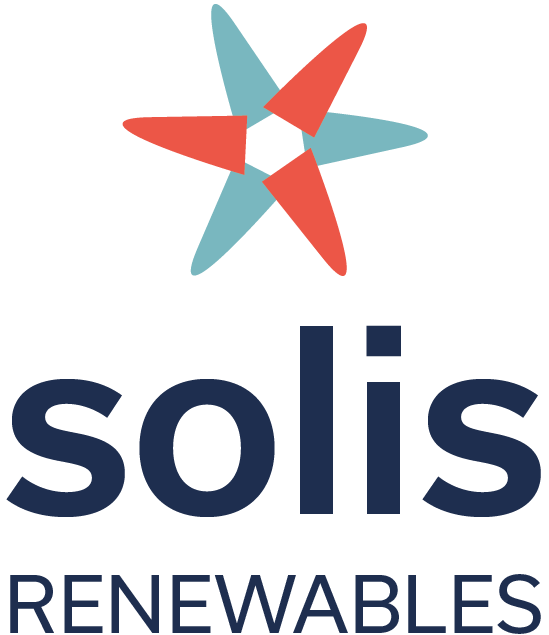Direct Pay Tax Credits: Expanding Clean Energy Initiatives
In today's fast-paced world of renewable energy development, the importance of clear signals from the Treasury cannot be overstated. Recognizing this, the Treasury recently released guidance with respect to tax credits in the Inflation Reduction Act. One such measure is the concept of elective pay, commonly known as "direct pay" and the other measure is transferability.
In this blog post, we will explore the concept of direct pay tax credits and how they play a crucial role in expanding clean energy initiatives. In addition, we’ll cover considerations when contemplating how to leverage direct pay in a renewable energy deployment strategy.
What is Direct Pay?
Direct pay is a credit delivery mechanism established under the Inflation Reduction Act, which aims to make clean energy tax credits more accessible and efficient. Traditionally, tax credits were only valuable to entities with sufficient tax liability to offset. However, direct pay enables tax-exempt entities like state, local, and Tribal governments, non-profit organizations, U.S. territories, and other eligible entities to receive payments for clean energy tax credits, even if they have limited or no tax liability.
Understanding Direct Pay through an Analogy
To better grasp the concept of direct pay tax credits, let's consider the process of buying a product online. Imagine you find a product you want to purchase, but you don't have the necessary funds available. In such a scenario, you have the option of using a third-party payment service, which pays the seller on your behalf, and you reimburse the third party later.
Similarly, direct pay acts as a facilitator, allowing eligible entities to access clean energy tax credits by receiving payments from the government. Direct pay taxpayers must register their tax credits followed by a direct pay election on their annual tax return filing.
Benefits and Downsides of Direct Pay
Direct pay tax credits come with several notable advantages. First and foremost, this mechanism significantly expands the reach of clean energy tax credits, enabling a broader range of entities (tax-exempt), including governments, non-profits, and businesses, to benefit from incentives that promote clean energy construction.
However, like any system, direct pay also has its downsides. One potential concern is the administrative complexity involved in determining eligibility and ensuring efficient disbursement of payments. Additionally, there may be a need for careful monitoring to prevent potential misuse or fraud, which could undermine the intended purpose of the tax credits. However, the Treasury and IRS are actively working to address these challenges and create a streamlined process that ensures the benefits are accessible to those who qualify.
Closing Thoughts
The introduction of direct pay tax credits represents a significant step forward in expanding the use of energy tax credits in the Inflation Reduction Act. By allowing a broader spectrum of entities to take advantage of clean energy tax credits, this mechanism encourages the rapid and affordable development of clean energy projects and potentially reduces transaction costs due to the lack of tax equity required. While challenges exist, the proposed guidance from the Treasury and IRS aim to refine the process further and ensure a seamless implementation of this transformative initiative.
